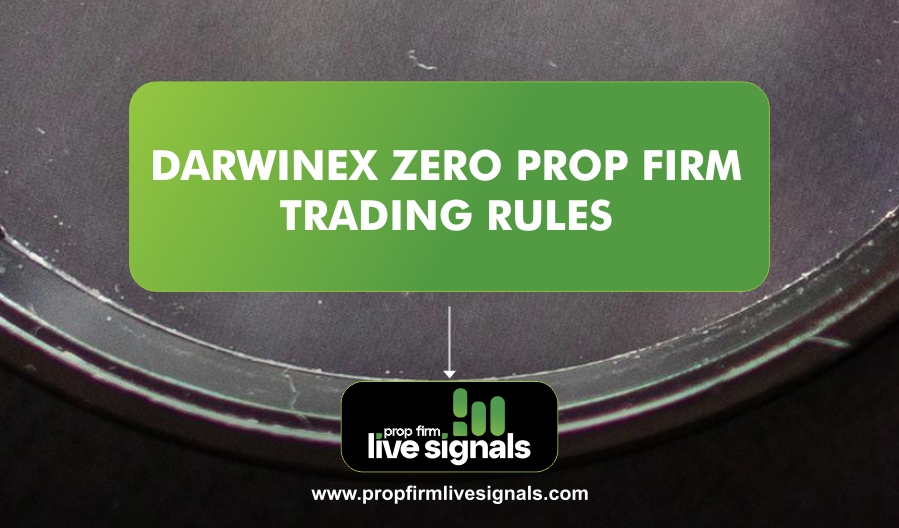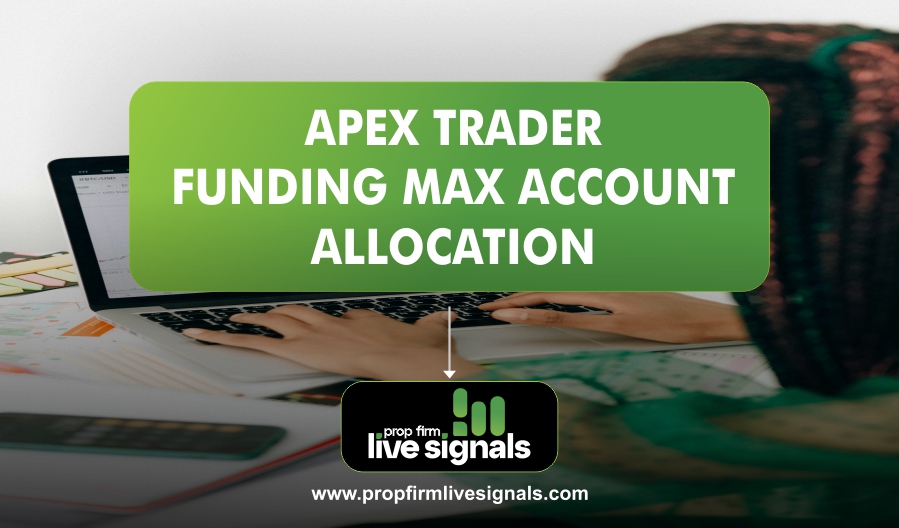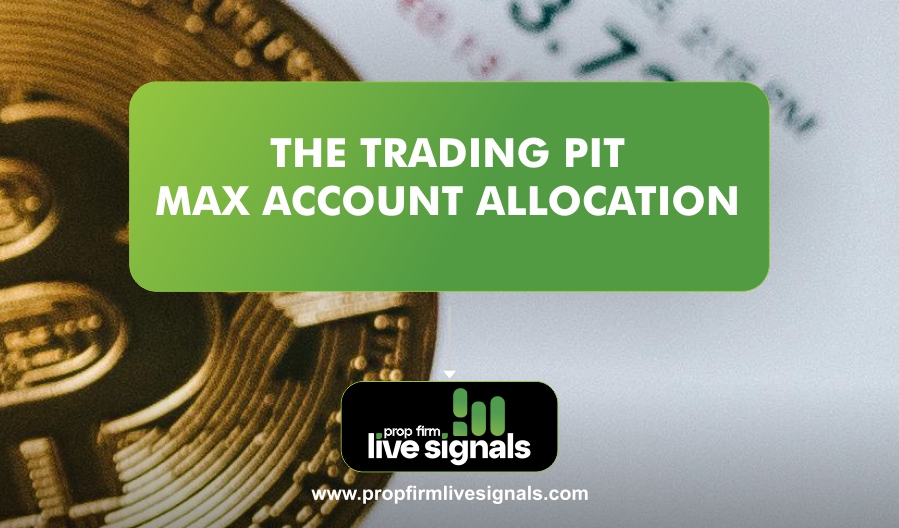Risk management is essential in forex trading because it helps you handle potential risks and protect your money. Here’s why it matters:
Importance of Risk Management in Forex Trading
1. Protect Your Money: Good risk management helps you avoid losing too much of your trading capital. By using tools like stop-loss orders and controlling how much you invest in each trade, you limit your losses.
2. Control Risks: Forex trading can be risky due to market changes, economic news, and unexpected price movements. Managing these risks helps you avoid big losses.
3. Stay Consistent: A solid risk management plan helps you trade more consistently. Following set rules reduces impulsive and emotional decisions.
4. Long-Term Trading: Managing risk well ensures you can keep trading even during tough market conditions. It helps protect your capital so you can continue trading over time.
Impact of Effective Risk Management on Trading Success
1. Grow Your Capital: By avoiding big losses, you protect your money and create opportunities for gradual growth.
2. Steady Profits: Managing risk well helps you make consistent profits. By limiting losses and maximizing gains, you can achieve positive results over time.
3. Stay Calm: Proper risk management reduces stress and emotional reactions. Knowing you have a plan helps you stay calm and make better decisions.
4. Adapt to Markets: Effective risk management lets you adjust your trades based on market conditions. This flexibility helps you protect your money and navigate different market situations.
Benefits of a Comprehensive Risk Management Strategy
1. Protect Against Surprises: A good risk management strategy shields you from unexpected events, like major economic news or geopolitical issues, by setting stop-loss orders and managing positions carefully.
2. Better Decisions: With a risk management plan, you make informed decisions rather than reacting emotionally, which improves your overall trading performance.
3. Confidence and Calm: Knowing you have a strategy for managing risks gives you confidence and peace of mind, allowing you to focus on trading without excessive worry.
4. Enhanced Control: A comprehensive plan helps you control your exposure to risk better, through proper position sizing, stop-loss orders, and diversifying your trades.
In essence, risk management is crucial in forex trading because it helps protect your money, maintain consistent results, and succeed over the long term. A good risk management strategy ensures you can trade with confidence and control.
Types of risks in forex trading
1. Market Risk: Market risk refers to the potential losses that can occur due to changes in currency exchange rates. Forex markets are highly volatile, and exchange rates can fluctuate rapidly, leading to potential losses for traders.
2. Credit Risk: Credit risk arises when one party fails to fulfill its financial obligations. In forex trading, credit risk can occur when a counterparty, such as a broker or financial institution, fails to honor its obligations, resulting in financial losses for the trader.
3. Operational Risk: Operational risk relates to the potential losses that can occur due to internal processes, systems, or human errors. In forex trading, operational risks can include technical failures, errors in trade execution, or issues with data integrity.
4. Liquidity Risk: Liquidity risk refers to the difficulty of buying or selling a currency pair at a desired price due to insufficient market liquidity. In illiquid markets, traders may face challenges in executing trades or may experience slippage, which can impact profitability.
5. Country Risk: Country risk arises from political, economic, or social factors that can affect the stability of a country’s currency. Events such as political instability, economic crises, or changes in government policies can lead to significant fluctuations in exchange rates.
Factors that contribute to risk in forex trading
1. Volatility: Forex markets are known for their high volatility, which increases the potential for price fluctuations and risk. Volatility can be influenced by economic data releases, geopolitical events, and market sentiment.
2. Leverage: The use of leverage in forex trading amplifies both potential profits and losses. While leverage can increase trading opportunities, it also increases the risk of significant losses if trades move against the trader.
3. Economic Factors: Economic indicators, such as interest rates, inflation rates, and GDP growth, can impact currency exchange rates. Changes in these factors can introduce risk and uncertainty into forex trading.
4. Geopolitical Events: Political instability, conflicts, and geopolitical tensions can have a significant impact on currency exchange rates. Traders need to be aware of these events as they can increase market volatility and risk.
5. Market Sentiment: Market sentiment, or the overall attitude of traders towards a particular currency, can influence price movements. Shifts in market sentiment can introduce risk as traders may react to news or events in a way that affects currency values.
Assessing and quantifying risk in forex trading
1. Risk Assessment: Traders can assess risk by analyzing market conditions, economic factors, and geopolitical events. This involves evaluating the potential impact of these factors on currency exchange rates and identifying potential risks.
2. Risk Quantification: Risk can be quantified by determining the potential loss or gain in a trade. Traders can calculate risk metrics such as the risk-to-reward ratio, which compares the potential profit of a trade to the potential loss.
3. Position Sizing: Proper position sizing is crucial in managing risk. Traders can determine the appropriate position size based on their risk tolerance, account size, and the potential loss in a trade.
4. Stop-Loss Orders: Setting stop-loss orders is a common risk management technique in forex trading. Traders can define a predetermined level at which they will exit a trade to limit potential losses.
5. Risk Management Strategies: Implementing risk management strategies, such as diversification, hedging, and using trailing stops, can help mitigate risk in forex trading. These strategies aim to reduce exposure to potential losses and protect trading capital.
In summary, forex trading involves various types of risks, including market risk, credit risk, operational risk, liquidity risk, and country risk. Factors such as volatility, leverage, economic factors, geopolitical events, and market sentiment contribute to the overall risk in forex trading. Traders can assess and quantify risk by analyzing market conditions, using risk metrics, determining position sizes, and implementing risk management strategies to protect their capital and navigate the forex market effectively.
Implementing Your Risk Management Strategy
1. How to Apply Stop-Loss Orders
To effectively implement stop-loss orders, you need to consider factors such as market volatility, support and resistance levels, and your risk tolerance. Set your stop-loss orders at levels that will protect your capital while allowing for potential market fluctuations. Regularly monitor and adjust your stop-loss orders as the market evolves to ensure they remain relevant and effective.
2. Managing Leverage Effectively
To manage leverage effectively, it is essential to understand its impact on your trades. Decreasing leverage during periods of high volatility or when entering unfamiliar markets can help minimize risk. Regularly reassess and adjust your leverage as market conditions or your risk tolerance change. Remember, responsible leverage usage is key to successful risk management.
3. Regular Review and Adjustment of Your Strategy
The forex market is constantly evolving, and your risk management strategy should adapt accordingly. Regularly review your risk management plan and make adjustments as needed. Analyze past trades, assess their effectiveness, and identify areas for improvement. By continually refining your risk management strategy, you can stay ahead of potential risks and maximize your trading success.
Defining Risk Tolerance and Risk Appetite
1. Risk Tolerance: This is about how much loss you can handle emotionally and financially. It depends on your personal situation, goals, and how you handle stress. Some people can take on more risk, while others prefer to play it safe.
2. Risk Appetite: This is the amount of risk you’re willing to accept to reach your investment goals. It reflects how much risk you’re comfortable taking on to potentially earn higher returns. Your risk appetite is influenced by your goals, how long you plan to invest, and your ability to absorb losses.
Setting Realistic Profit Targets and Risk-Reward Ratios
1. Profit Targets: These are specific points where you plan to take your profits. To set realistic targets, you should consider current market conditions, how much the price might move, and your trading strategy. Make sure your targets fit with the risks and market changes.
2. Risk-Reward Ratio: This measures how much you could gain compared to how much you could lose. It’s calculated by dividing the potential profit by the potential loss. A good ratio is usually at least 1:2, meaning you aim to make twice as much as you’re willing to lose.
Determining Position Sizing and Leverage Levels
1. Position Sizing: This is about deciding how much money to invest in each trade. It should be based on how much risk you can handle and how much money you have. Avoid putting too much of your capital into one trade; spread it out to manage risk better.
2. Leverage Levels: Leverage allows you to control larger trades with less money. But it also increases both your potential profits and losses. Choose leverage levels that fit your risk tolerance and trading strategy. Be cautious with high leverage, as it can lead to big losses.
To manage risk effectively, you need to: Understand how much risk you can handle and how much you’re willing to take on. Set realistic profit goals and find a good balance between potential profits and losses. Decide how much money to risk in each trade and use leverage carefully. By managing these aspects well, you can protect your capital and work towards achieving your trading goals.
Stop-loss orders and take-profit orders
1. Stop-loss Orders: A stop-loss order is a risk management tool that allows traders to set a predetermined price level at which they will exit a trade to limit potential losses. When the market reaches or goes beyond the specified price level, the stop-loss order is triggered, and the trade is automatically closed. Stop-loss orders help traders control risk by defining the maximum amount they are willing to lose on a trade.
2. Take-profit Orders: A take-profit order is a tool that allows traders to set a predetermined price level at which they will exit a trade to secure profits. When the market reaches or goes beyond the specified price level, the take-profit order is triggered, and the trade is automatically closed. Take-profit orders help traders lock in profits and avoid potential reversals in the market.
Trailing stops and breakeven stops
1. Trailing Stops: A trailing stop is a dynamic stop-loss order that adjusts as the market price moves in favor of the trade. It allows traders to protect profits by automatically adjusting the stop-loss level to a specified distance below the current market price. Trailing stops trail the market price at a set distance, allowing traders to capture more profits if the market continues to move in their favor while protecting against potential reversals.
2. Breakeven Stops: A breakeven stop is a risk management technique where the stop-loss level is adjusted to the entry price once the trade has moved in the trader’s favor. This ensures that the trade will not result in a loss even if the market reverses. Breakeven stops help traders protect their capital and eliminate the risk of losing money on a trade that initially showed a profit.
Hedging strategies and diversification:
1. Hedging Strategies: Hedging is a risk management technique that involves taking offsetting positions to reduce the impact of potential losses. In forex trading, hedging can be done by opening positions in correlated currency pairs or using derivative instruments such as options or futures. Hedging strategies aim to protect against adverse market movements and minimize potential losses.
2. Diversification: Diversification is a risk management technique that involves spreading investments across different assets or markets. In forex trading, diversification can be achieved by trading multiple currency pairs or incorporating other financial instruments into the trading portfolio. Diversification helps reduce the impact of individual trade losses and provides the opportunity for potential gains from different market movements.
Using risk management calculators and tools:
1. Position Size Calculators: Position size calculators help traders determine the appropriate position size based on their risk tolerance, account size, and the potential loss in a trade. These calculators consider factors such as stop-loss level, account equity, and risk percentage to calculate the optimal position size.
2. Risk-Reward Calculators: Risk-reward calculators help traders assess the potential risk and reward of a trade by calculating the risk-reward ratio. Traders can input the entry price, stop-loss level, and take-profit level to determine the potential profit compared to the potential loss.
3. Volatility Indicators: Volatility indicators, such as Average True Range (ATR), can help traders assess market volatility and adjust their risk management strategies accordingly. These indicators provide insights into the potential range of price movements, allowing traders to set appropriate stop-loss and take-profit levels.
In essence, risk management techniques and tools play a crucial role in forex trading. Stop-loss and take-profit orders help traders limit losses and secure profits, while trailing stops and breakeven stops allow for dynamic risk management. Hedging strategies and diversification help reduce risk exposure, and risk management calculators and tools assist in determining position sizes and assessing risk-reward ratios. By utilizing these techniques and tools, traders can effectively manage risk and protect their capital in the forex market.
Frequently Asked Questions (FAQs)
1. What is the recommended risk-to-reward ratio in forex trading?
The recommended risk-to-reward ratio in forex trading is typically 1:2 or higher. This means that for every unit of risk (potential loss), traders aim to achieve at least two units of reward (potential profit). A favorable risk-to-reward ratio helps ensure that the potential profit outweighs the potential loss, allowing traders to have a positive expectancy over the long term.
2. How do I determine the appropriate position size for a trade?
To determine the appropriate position size for a trade, you can consider the following factors:
-
Risk Tolerance: Assess your risk tolerance and determine the maximum amount you are willing to risk on a trade. This will help you determine the percentage of your account equity you are comfortable risking.
-
Stop-loss Level: Determine the distance between your entry price and the stop-loss level. This will represent the potential loss if the trade goes against you.
-
Account Size: Consider the size of your trading account. Smaller accounts may require smaller position sizes to manage risk effectively.
-
Risk Percentage: Decide on a risk percentage per trade. This is the percentage of your account equity you are willing to risk on a single trade. A common rule of thumb is to risk 1-2% of your account equity per trade.
By considering these factors, you can use position size calculators or formulas to determine the appropriate position size that aligns with your risk management strategy.
3. What is the role of stop-loss orders in risk management?
Stop-loss orders play a crucial role in risk management. They help traders limit potential losses by automatically closing a trade when the market reaches or goes beyond a specified price level. By setting a stop-loss order, traders define the maximum amount they are willing to lose on a trade, allowing them to protect their capital and manage risk effectively. Stop-loss orders help traders maintain discipline and prevent emotions from influencing their trading decisions.
4. How can I protect my trading capital from excessive losses?
To protect your trading capital from excessive losses, you can consider the following measures:
-
Set Stop-loss Orders: Always use stop-loss orders to limit potential losses on each trade. This ensures that you have a predefined exit point if the trade goes against you.
-
Use Proper Position Sizing: Determine the appropriate position size for each trade based on your risk tolerance and account size. Avoid risking a significant portion of your capital on a single trade.
-
Implement Risk Management Strategies: Develop and follow a risk management plan that includes guidelines for risk tolerance, profit targets, and risk-reward ratios. Stick to your plan and avoid impulsive trading decisions.
-
Diversify Your Portfolio: Spread your investments across different currency pairs or other financial instruments to reduce the impact of individual trade losses. Diversification helps mitigate risk and protect your capital.
-
Continuously Educate Yourself: Stay updated with market trends, news, and trading strategies. Continuous learning and improvement can help you make informed trading decisions and minimize the risk of excessive losses.
5. What are the advantages and disadvantages of hedging in forex trading?
Advantages of Hedging:
-
Risk Mitigation: Hedging allows traders to protect against adverse market movements and potential losses by taking offsetting positions.
-
Flexibility: Hedging provides flexibility in managing risk, as traders can adjust their positions based on market conditions.
-
Portfolio Protection: Hedging can help protect the overall portfolio by reducing the impact of individual trade losses.
Disadvantages of Hedging:
-
Cost: Hedging strategies may involve additional costs, such as spreads, commissions, or fees associated with opening and maintaining hedging positions.
-
Complexity: Implementing hedging strategies requires a good understanding of market dynamics and various hedging techniques. It may be more complex for beginner traders.
-
Potential Profit Reduction: Hedging can limit potential profits if the market moves in the desired direction, as gains in one position may be offset by losses in the hedging position.
6. How do I balance risk and reward in my trading strategy?
-
Define Risk Tolerance: Assess your risk tolerance and determine the maximum amount you are willing to risk on each trade. This will help you set appropriate stop-loss levels and position sizes.
-
Set Realistic Profit Targets: Establish profit targets that align with your trading strategy and market conditions. Avoid setting unrealistic expectations and be flexible to adjust targets based on market volatility.
-
Use Favorable Risk-Reward Ratios: Aim for risk-reward ratios of at least 1:2 or higher. This ensures that the potential reward outweighs the potential risk, giving you a positive expectancy over time.
-
Implement Proper Risk Management: Use risk management tools such as stop-loss orders, trailing stops, and position sizing techniques to manage risk effectively. Stick to your risk management plan and avoid taking excessive risks.
-
Continuously Monitor and Adjust: Regularly review and analyze your trading performance. Identify areas where you can improve risk management and adjust your strategy accordingly. Stay updated with market trends and adapt your approach as needed.
By following these guidelines, you can strike a balance between risk and reward in your trading strategy, aiming for consistent profitability while managing potential losses.




